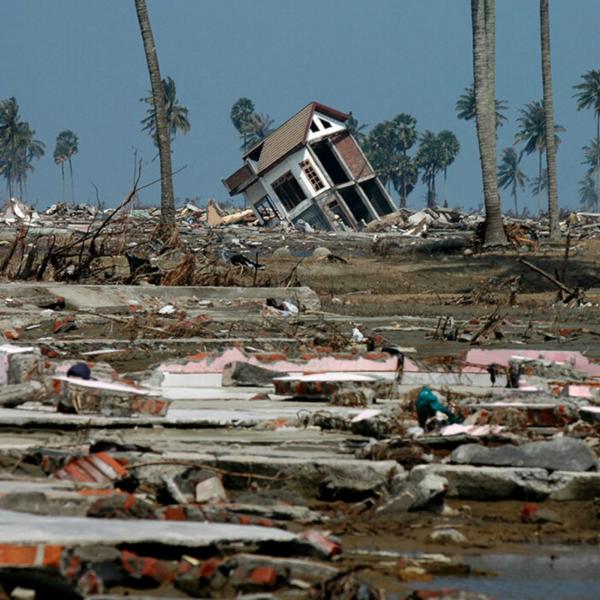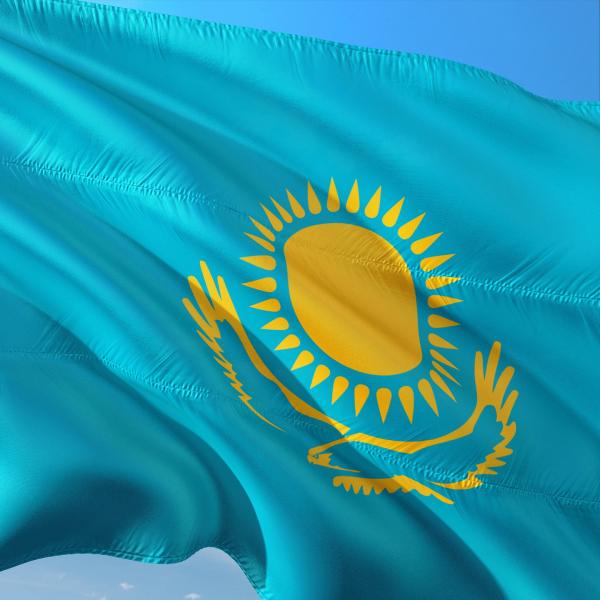The main focus of Professor Frachetti’s research is on the dynamic strategies of pastoral nomadic societies living in the steppe region, mountains and deserts of Central and Eastern Eurasia during the Bronze Age.
His work centers primarily on pastoralism in the Bronze Age (~ 3500-1000BC), which is intricately tied to questions of social and economic interaction between regional populations across Central Asia at that time. His theoretical interests center on how social groups utilize economic and political strategies to communicate inter-regionally, and how variability in their economic and social strategies introduces opportunities for reshaping the boundaries of their social landscapes and human interactions. He is also interested in the relationships between pastoral strategies and the environment, and how the choices and ways of life of mobile groups contributed to the formation of wide reaching networks as early as 2000BC (the Mid-Bronze Age). Frachetti currently conduct field research in Eastern Kazakhstan, where he is exploring the ways by which pastoral societies employed flexible temporal and spatial patterns of mobility to negotiate ecological constraints as well as alter the political and social conditions of their landscape.
Methodologically, he specializes in spatial analysis and archaeological landscape modeling using Geographic Information Systems (GIS) and remote sensing. He has a strong interest in the reconstruction of paleo-ecological, geo-morphological, and land-cover changes in extreme environments (e.g. high mountains, deserts). His current work centers on modeling prehistoric rangelands of mountain and steppe regions of western and eastern Eurasia by analyzing contemporary satellite data combined with paleo-climatic regressions. Within GIS, these reconstructions are paired with data recovered from his regional archaeological survey and excavations, bringing together environmental and social components of the prehistoric context. He is also interested in questions of ecology and adaptive strategies (social and economic) of mobile societies more generally.
Although his fieldwork is primarily archaeological, he also has conducted ethnographic studies of Kazakh pastoralists, and (to a lesser extent) nomadic societies of North Africa and reindeer herders of Finland. He also has carried out research on prehistoric rock-art in the Italian Alps, Roman and Islamic landscapes in North Africa, and Neolithic hunter-gatherers in Finland.







